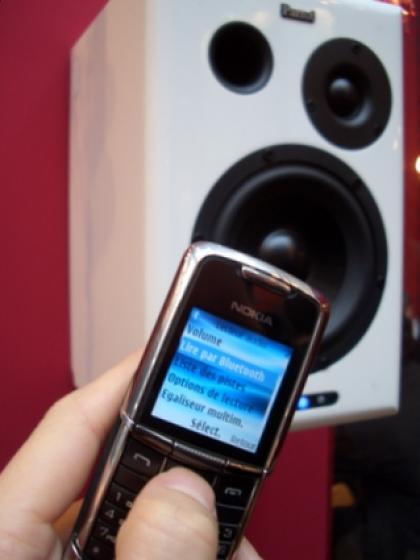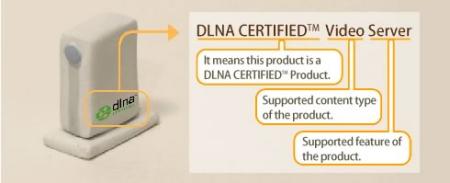Having a mobile phone with a huge variety of connectivity options allows that device not only to access data, but also to control other devices. Already we see this emerging, with standards such as A2DP and UPnP enabling mobile phones to control other devices equipped with these standards.

Music from a mobile phone can be streamed to speakers that support A2DP (see pic, above), for example, while pictures on your phone can be streamed to a UPnP-equipped TV. Although there are few devices that support these standards at the moment, many more will emerge in 2007, changing the way we use and interact with our gadgets around then home. Effectively, the mobile phone will become a universal remote control in its efforts to replace and control all other gadgets that we use.

For 2007, things are going to get much more interesting, however, as new devices, both mobile and household gadgets, are released that support the new Digital Living Network Alliance (DLNA) standard.
DLNA is a set of standards for ensuring DLNA-compliant devices can all communicate and interoperate with one another on a grand scale. DLNA envisages digital cameras and camera phones printing wirelessly and seamlessly to a network printer, mobile phones being used to stream a tune from the PC to the stereo, and mobile phones seamlessly sharing content from device to another, regardless of the phones’ manufacturers.
The big mobile phone manufacturers are all members of the DLNA, and are all working on devices that support it, from mobile phones to household gadgets such as TVs, videos, HiFis, and PCs. Sony Ericsson are expected to have mobile phones supporting DLNA in mid-2007, and you can expect the other manufacturers to follows suit.
DLNA has the ability to transfrom the way we use our mobile phones and household gadgets, and come the end of 2007, the era of media devices stubbornly refusing to talk to one another might finally be over (and this might be another reason why the far-seeing Nokia insist on calling their new phones ‘multimedia devices’).